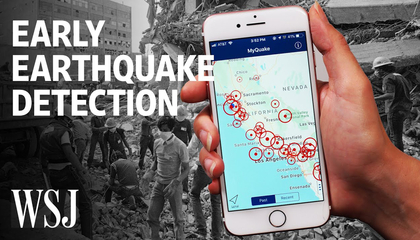
Source: ShakeOut
Earlier this week, two unrelated earthquakes – 4.5 magnitude and above - struck Salinas, CA and San Francisco within 24 hours of each other (USA Today). As if on cue, these temblors came as millions worldwide observed International ShakeOut Day yesterday, aimed at raising awareness of the increased need for earthquake safety.
I was based in San Francisco, teaching epidemiology and biostatistics at the University of California campus there, when the ShakeOut campaign first launched. So it was especially troubling to see a recent study that found dozens of campus buildings at UCLA and UC Berkeley were “seismically deficient structures.” (Los Angeles Times)
The Seismology Lab at UC Berkeley is now developing the first U.S. earthquake early warning system (see video below). (Wall Street Journal)
With many of our faculty and students teaching and studying in regions around the globe that are earthquake-prone, it’s important to know what to do -- wherever you are -- to increase the odds of survival and recovery. Fortunately, most quakes end by the time you hit the ground, but it is critical nonetheless to know how to quickly react.
Until the technology for an early warning system is perfected, please take a moment to educate yourself to Drop, Cover and Hold On! so you can be ready to respond and protect yourself.


Robyn Gershon, DrPH
Clinical Professor of Epidemiology
--
Dr. Gershon is an occupational and environmental health researcher with experience in disaster preparedness, healthcare safety, and risk assessment and management in high-risk work occupations.
